Forklift safety procedures: Forklifts are extremely useful workplace vehicles, as long as they are used safely and appropriately by operators who are appropriately trained and competent to use them. Forklifts can be dangerous: they account for 25% of injuries at work.
Many workplace accidents involve people being hit or run over by forklift trucks (typically when the forklift is reversing)because the driver did not see them. Owing to their size and weight, injuries resulting from forklifts are generally very serious. Accidents involving them are often caused by poor supervision and a lack of training.
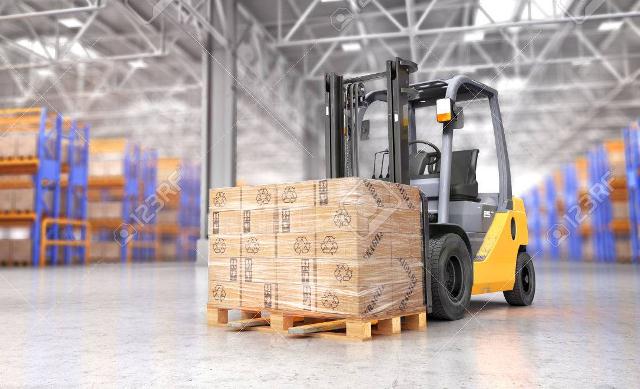
Forklift Operating Procedures
The following forklift safety procedures tips will help you and those you work with stay safe around forklifts.
What the law requires you to own, lease, hire or borrow a vehicle for work purposes, you must make sure that it is safe for use and fit for the purpose for which it is intended.
Under health and safety legislation, a vehicle is a place of work. The law requires that workplaces are maintained in a condition that is safe and without risk to safety and health.
Vehicles must be kept safe and fit for purpose and the driver must be able to get in and out of the vehicle safely. Forklifts also are classed as work equipment.
Employers must make sure that drivers are familiar with the vehicle they are driving and that they have been given appropriate instruction, information, and training to carry out required pre-checks and to use the vehicle in the correct and safe manner, as per the manufacturer’s instructions.
Employers must also make sure that they have a defect reporting system in place so that when defects are found that they are rectified.
Employees should never be required to operate under conditions that are unsafe or that do not comply with the law. Employers must make sure that forklifts are provided in a safe condition for use at work.
This can be achieved by having a preventative maintenance system that includes scheduled checks as per the manufacturer’s instructions. Employees have legal duties to use work equipment in a safe manner in line with procedures developed by their employers.
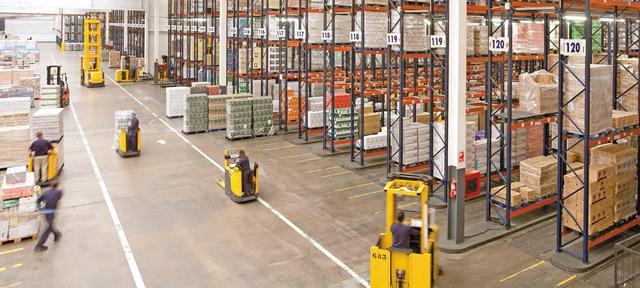
Forklift operation safety
Safe Operation – Always:
Wear appropriate personal protective clothing as provided by the employer. Hard hats, protective footwear, and high-visibility clothing are recommended as a minimum when working around forklifts. Other equipment may be needed depending on the working environment
- ✓ Carry out a pre-shift check of the forklift
- ✓ Report defects immediately to the supervisor
- ✓ Make sure the work path is free of obstructions
- ✓ Wear operator restraints, where fitted
- ✓ Look all around before moving off
- ✓ Look in the direction of travel
- ✓ Travel at a speed suitable for the location and the load carried
- ✓ Travel with the forks lowered, but clear of the ground
- ✓ Watch out for pedestrians
- ✓ Avoid sudden stops and violent braking
- ✓ Take care when driving on wet, icy, slippery, or loose surfaces
- ✓ Slow down at corners, doorways, and at danger spots
- ✓ Sound the horn several times when approaching blind corners, exits, and entrances
- ✓ Switch off and remove the key before leaving the forklift. Place the key in a safe location when the driving task is completed
- ✓ Apply the parking brake before leaving the forklift
- ✓ Face the forklift and use the steps and handholds when getting in or out of the vehicle. Use three points of contact.
- ✓ Report any accidents or near misses to a supervisor
Forklift safety signs
Forklift safety procedures: Never:
- Operate a forklift unless you are trained, competent and authorized to do so
- Use a forklift or equipment you know is not working properly
- Operate controls from outside the cab, unless it is designed so you can do this
- Stand on or near the controls to reach the load or anything outside the cab
- Start or stop suddenly
- Make abrupt or quick turns
- Travel on uneven ground unless the forklift is suitable for this
- Run over unprotected cables or flexible pipes
- Try to carry out repairs – leave this to a qualified maintenance engineer
- Operate a forklift when under the influence of alcohol or drugs [prescribed or illegal]
- Use mobile phones or other hand-held devices while operating the forklift
- Use uncertified attachments
- Use an attachment unless a competent person, an authorized dealer, or a manufacturer has derated the forklift [reduced actual capacity]
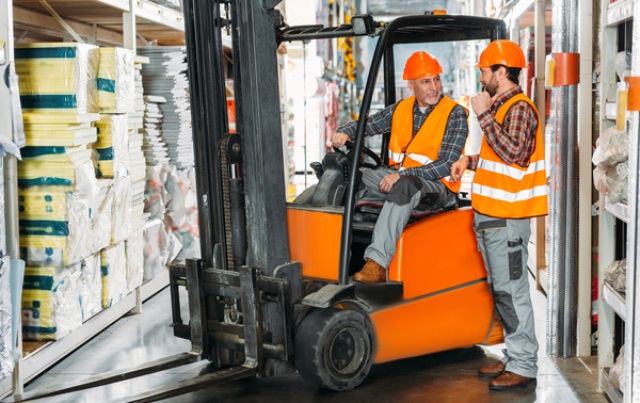
Forklift carrying loads
Forklift safety procedures: Always:
- Assess the load before lifting. Check weight, size, load center, and security
- Make sure that pallets are in good condition
- Observe floor loading limits
- Find out the weight of the laden forklift
- Check the safe working load (SWL) of racking before placing loads onto it
- Make sure the load does not obstruct the view. If it does, drive in reverse, looking in direction of travel
- Make sure there is adequate clearance for the forklift and load, including overhead
- Make sure the load does not exceed the capacity of the forklift
- Make sure the load is stable and can be safely lifted
- Carry the load as close to the ground as possible
- Use controls smoothly
- Position forks properly and as widely as possible
- Make sure the fork arms are fully inserted when traveling with a load
- Make sure the forklift is stopped before raising the load
- Use suitable attachments for lifting unusual or wide loads
- Lower loads at a safe speed
- Make sure you are properly trained, certified and authorized to operate the forklift with an attachment
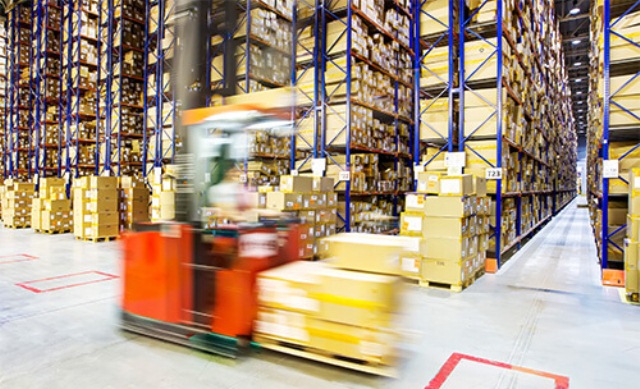
Forklift safety procedures: Never.
- Lift loads greater than the capacity of the forklift
- Move a load that appears unsuitable or unstable (including on a damaged pallet)
- Lift load with attachments, unless trained, certified, and authorized to do so
- Travel with a bulky load that blocks your view
- Travel with a raised load, unless the forklift is designed specifically for this
- Leave the vehicle with the load raised.
Forklift ramp angle
Operating on Slopes
- Travel slowly when going down slopes
- Ensure the forks face uphill when traveling up or down slopes with a load
- Ensure the forks face downhill when traveling up or down slopes without a load
- Adjust the tilt (where fitted) to suit the gradient and raise the forks to clear the ground
Forklift safety procedures: Never.
- Turn the vehicle around on or travel across a ramp or a slope
- Leave a forklift on a slope, except in an emergency. In case of an emergency always chock the wheels
Using a forklift to lift a person OSHA
Carrying People:
- Use a safe work method when using working platforms, i.e integrated platforms. Use of nonintegrated platforms should only be permissible in exceptional circumstances under-documented controls
- Remain in control of the forklift while workers are on the platform
- Watch out for pedestrians
- Use spotters when operating in congested areas
Forklift safety procedures: Never
- Lift a person on the forks or on a pallet, or similar, balanced on the forks
- Move travel or turn with a person lifted at a height
- Carry passengers, unless the forklift is designed for this and has a designated seat and seat belt
- Allow people to walk under raised forks or loads
- Leave a truck unattended when people are using a non-integrated platform
- Pick up a load if someone is standing close to it
Forklift safety tips workplace
When you have finished working
Below are some simple tips to follow to ensure the safe operation of forklifts. Although these tips are simple and quite basic they are a good starting point to support workplace health and safety guidelines.
Always:
- Park the forklift in a safe place, on level ground; never on a slope
- Leave the forklift with the mast tilted forwards and the forks fully lowered, with the tips on the floor
- Apply the parking brake, select neutral, switch off the engine and remove the key
- Return keys or other activating devices to their place of safe-keeping
- Report any malfunctions or defects immediately to a supervisor
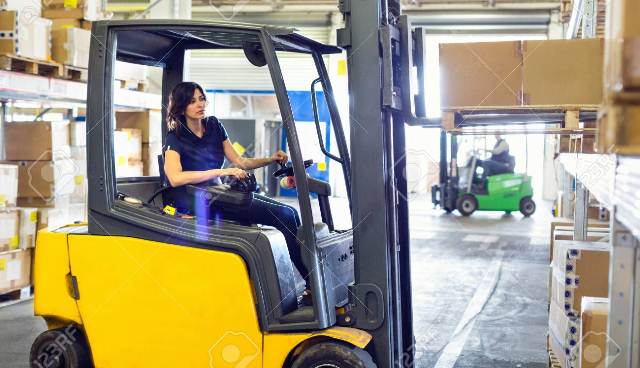
Forklift safety checklist
Forklift safety procedures: Visual Checks
- General Condition.
- Forks.
- Carriage Plate.
- Mast.
- Back Rest Extension / Load Guard.
- Lift Chains.
- Tires.
- Wheels.
- Overhead Guard / Roll Over Protection Frame.
- Energy Source.
- Hydraulics.
- Identification / Rating Plate.
- Operator’s Compartment.
- Access.
- Lights, Windscreen, and Mirrors (if fitted).
- Fire Extinguisher (if fitted).
Forklift safety procedures: Working Environment
- No evidence of leaks.
- No obstructions (overhead or in the working area).
- Correct forklift type for the working environment.
Forklift safety procedures: Practical / Operational Checks
- Seat.
- Safety Belt.
- Ignition and Electrical Systems.
- Reversing Alarm and Horn.
- Warning Lights and Lights (if fitted).
- Hydraulic Controls.
- Brakes (Foot & Parking).
- Clutch and Gearshift.
- Steering.
- Exhaust.
- Noise.
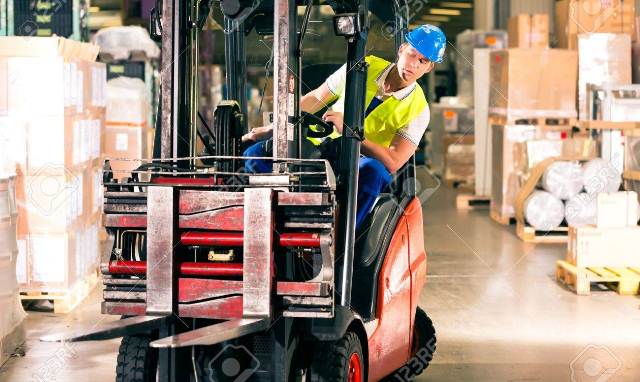
Forklift driving tips
Forklift safety procedures: If used on the Public Road
- The forklift truck was registered and the number plate (front and rear) displayed, was clean and legible.
- Valid tax and insurance disc displayed.
- Road lights (side, head, rear, stop, and number plate lights) are in place, clean, correct color, and working correctly.
Note: Head, stop, and direction indicator lights are not required if the truck cannot exceed 12 miles per hour (19 Kilometres per hour) provided that the driver is clearly visible on all sides, can give hand signals to other traffic, and the vehicle is not used during lighting-up hours except in an adequately lit public place.
Thorough Examination: Thorough examination is carried out every 12 months (every 6 months if used to lift persons) by a competent person and a test certificate is available.
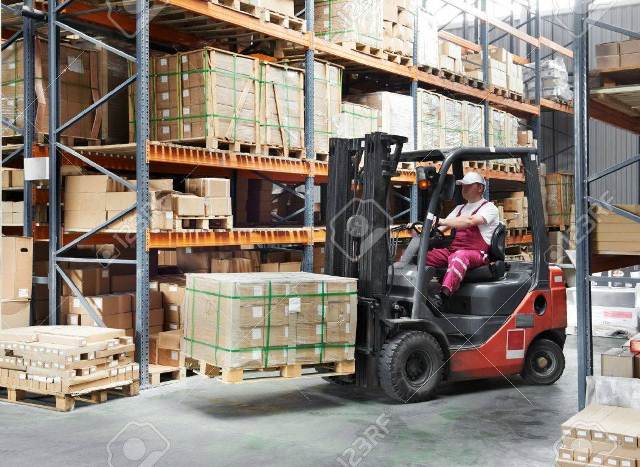
Forklift truck safety procedure
The pre-operation of forklifts involves a pre-start inspection that checks the condition of the vehicle, fluid levels, tires, fork condition, forklift safety devices, finger guards, load backrest extension, and more with the power off. The most important safety device on your lift truck is a properly trained operator.
Sprains, strains, and other soft tissue injuries to the neck, back, and arms can cause long-term health problems. Common hazards that injure forklift drivers include: continuously and/or repeatedly looking up during high stacking.
A forklift is a powerful tool that allows the movement and storage of products and materials efficiently and safely, provided that the employer provides the correct equipment and properly trains its operators.
There are many factors that explain why forklifts are dangerous: A load of a forklift is carried in the front of the vehicle, blocking the line of sight of the operator. Forklifts are frequently required to lift heavy loads to high places. Mistakes made during lifting can lead to serious injuries from falling loads.
The most read

Standard Operating Procedure for Forklift Operation
Safe Forklift Operation according to OSHA
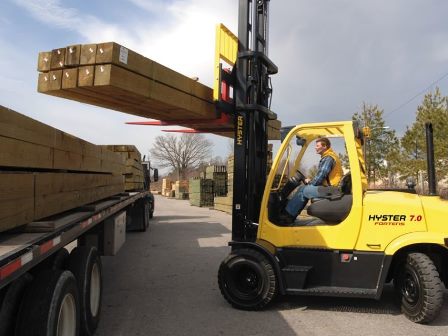
Forklift rules and regulations
Personal safety measures are also essential when working with forklifts in different types of warehouses.
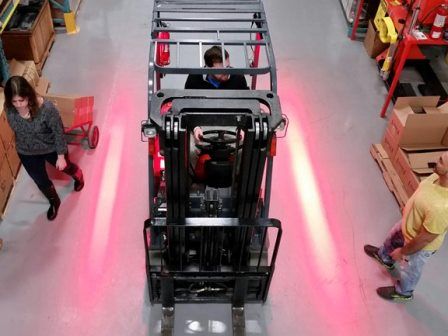
Standard Operating Procedure for Driving a Forklift
Safe Forklift Operation according to OSHA

Confined Space Entry Procedures
The purpose of these procedures is to ensure that entry into any confined space is planned and documented as required in order to identify and control hazards.
